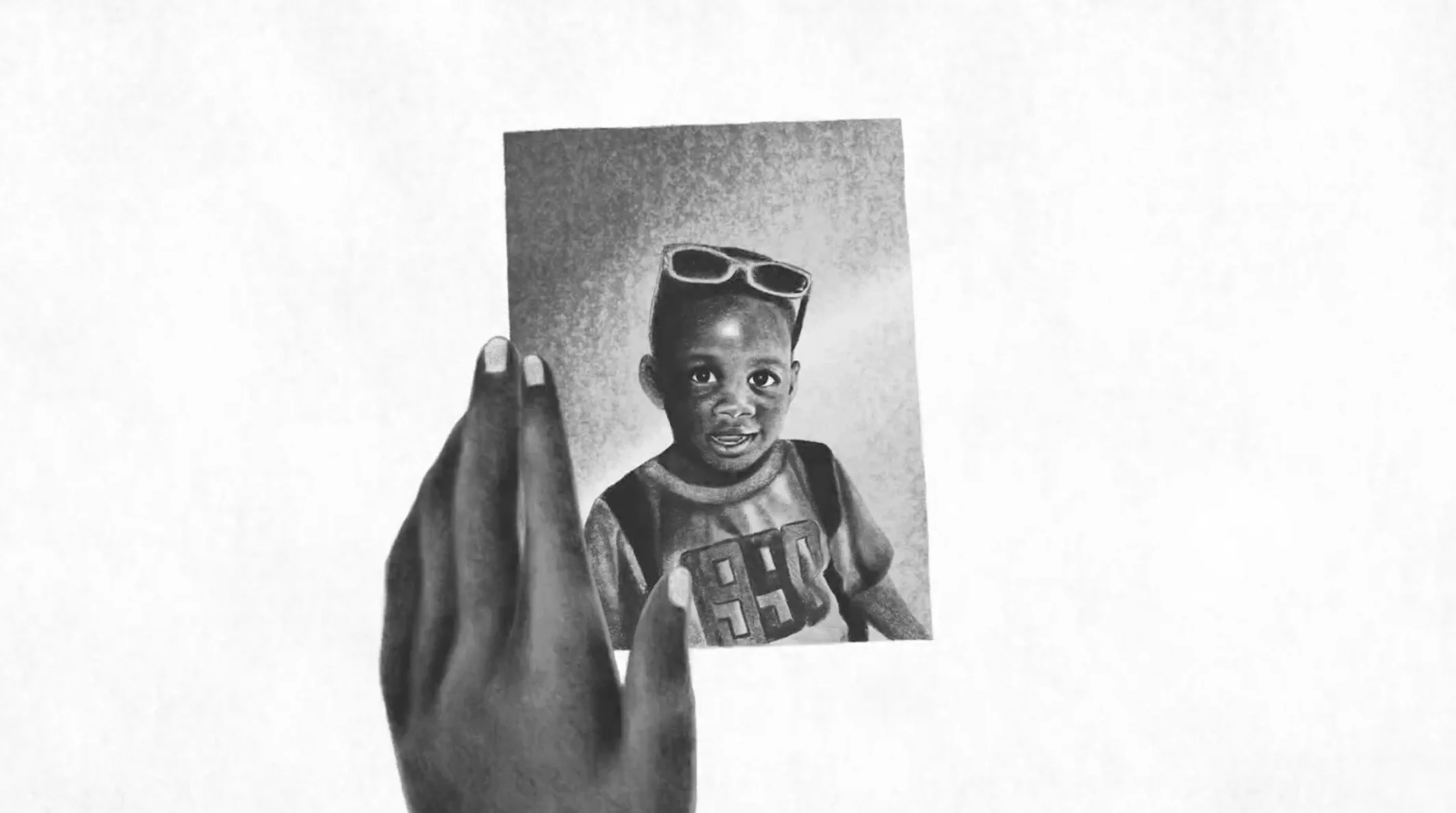Displacement: Local artists fighting for space in Vancouver
/It’s no surprise to anyone that Vancouver is a pricey place. We consistently rank as one of the most expensive cities, both nationally and internationally. This reality takes a toll on the lives of the people who live and work here in a number of ways, local artists being a vulnerable demographic to increasingly high rents. After all, studio spaces aren’t nearly as lucrative for real estate developers as condos or retail space.
Before recently, the issue had only existed in anecdotes: a building hosting 30 artist studios gets sold here, doubled rent forces a handful of artists to leave their studios there. That’s why the artistic director of the Eastside Culture Crawl, Esther Rausenberg, started collecting hard data. Over the past year, her organization commissioned a study on the realities of eviction, rent increases, and insecure studio space among artists.
“[The government] was always able to say that they don’t know what it looks like, it’s just your word against whatever,” says Rausenberg, who has spent decades sitting on boards and committees advocating for arts and artist working spaces. “Now we have something that is well-researched and founded in good data. Now that we have the numbers, they can’t refute what the situation is...they have to respond.”
Esther Rausenberg, Artistic and Executive Director at Eastside Culture Crawl
Rausenberg’s research has reached beyond a report. Last month, she hosted a three-part panel discussion that examined the study’s findings and contemplated the future of Vancouver’s art scene. Additionally, this year’s Culture Crawl will feature a new exhibit called Displacement, giving artists a platform to respond to their experience with this local crisis.
Sorour Abdollahi, one of the artists featured in Displacement, immigrated to Canada from Iran in 2000. While the concepts of displacement, change and transformation are strongly featured in her work, it is through a much different lens than the typical Vancouver renoviction story.
Abdollahi had already studied art and built a career in Iran before the country’s cultural and political changes became too much for her.
“I felt like a foreigner in my own country,” says Abdollahi.
She would feel like a foreigner once again when she and her family moved to Canada. Not only did she need to adapt to a new culture and way of life, but she had to start over as an artist, building a community and name for herself from scratch.
“It wasn’t easy with a second language and nobody knows me, and this is the big challenge with displacement,” says Abdollahi, who now shares a studio space with other artists. “Still, I am living with that. This is the most important.”
Another featured artist in Displacement is Jerry Whitehead, a painter from the Plains Cree who gets his inspiration from the powwow dances he witnessed as a child. The style of his work has changed significantly over the course of his career, but has always featured the vibrant colours and movement of powwow dancers.
The Fluevog flagship store in Gastown was once Whitehead’s studio, before the landlord presented him with a massive rent increase. Yet for Whitehead, the theme of displacement has followed him home.
“As a parent, I was painting and a lot of times I couldn’t openly paint so I had to move my studio inside a closet to keep away from the little guys crawling around,” Whitehead explains. “So I had to hide in a closet for about eight months.”
While he recognizes that most artists aren’t able to do this, Whitehead has made sure he always has a place to work, whether it’s a hall closet, the wall of his living room, the corner of a hotel room, or a proper studio.
“It might be in my nature or DNA, because my culture is a moving culture. We are always on the move.”
Still, Whitehead says that it became a lot easier to work once he secured studio space in the Downtown Eastside through the Vancouver Native Housing Society. He and another artist have been able to work in the common room of an SRO building, where they can store their paints and canvases. Thanks to the land being off the table for developers and other for-profit entities, Whitehead does not have to worry about rent increases.
Displacement displays a myriad of unique experiences artists have with the theme—the different ways they struggle and survive. Ultimately, Rausenberg hopes to underscore the artistic loss to Vancouver’s community.
Exhibition dates and details can be found online here.






